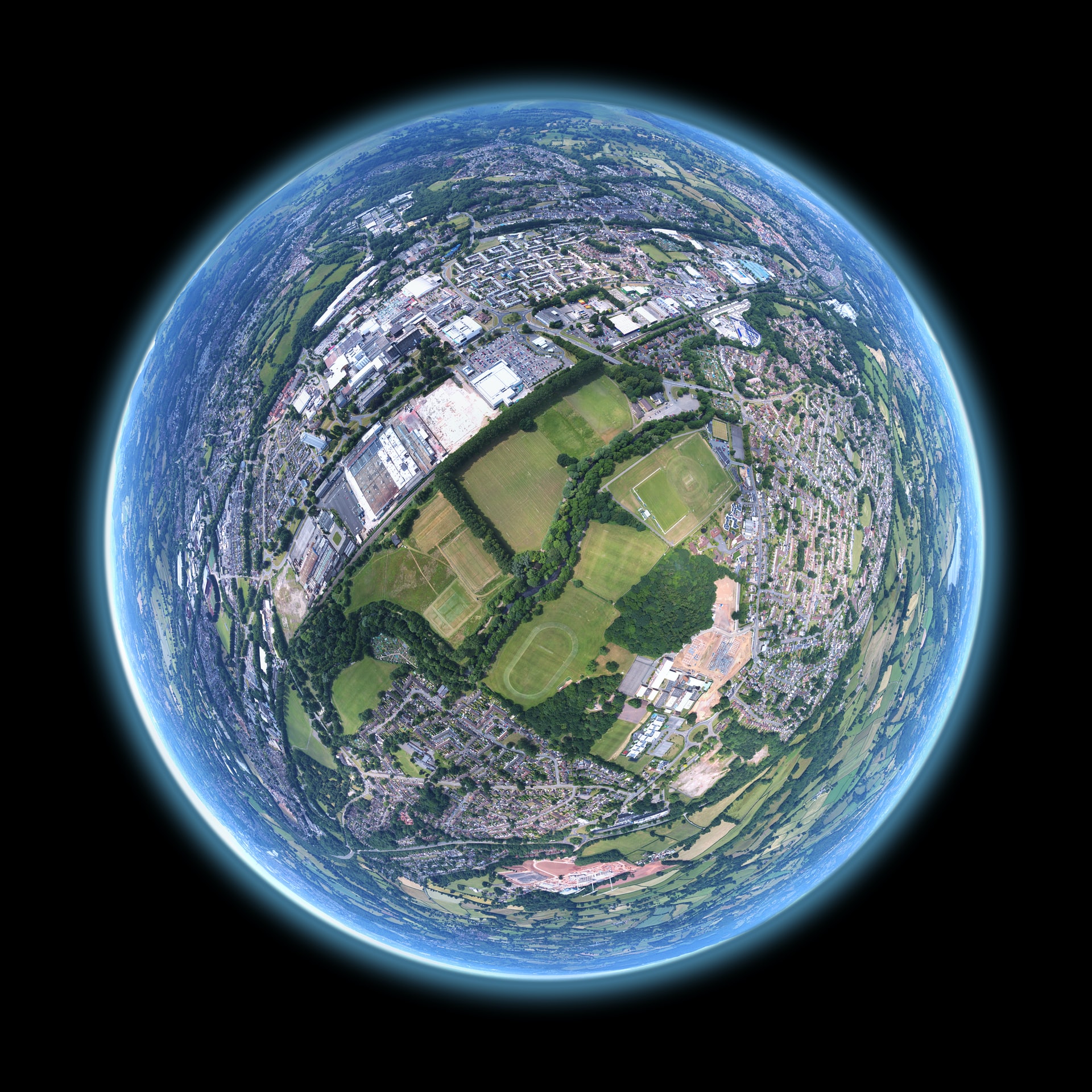
Tāmaki Makaurau – Technology is fundamentally changing the way people now live, operate, work and relates to one another and to the external world.
The speed, breadth and depth of current breakthroughs has no historical precedent and is disrupting almost every sector in every country. Now more than ever, the advent of new technology has the potential to transform environmental protection.
The hunt for new smarter ways to support development has always been a key driver of technological advancement. Today as civilisation faces a new unprecedented challenge, technology can play a crucial role in decoupling development and environmental degradation.
Global Footprint Network, an international non-profit that calculates how the planet is managing or failing to manage the world’s resources. At the end of 2020, total emissions were reported to be 5.8 percent lower than 2019 emissions due to the global pandemic.
As global biodiversity continues to decline steeply, the health and functioning of crucial ecosystems like forests, the ocean, rivers and wetlands will be affected.
Unsustainable agriculture, fisheries, infrastructure projects, mining and energy are leading to unprecedented biodiversity loss and habitat degradation, overexploitation, pollution and climate change. While their impacts are increasingly evident in the natural world, the consequences on people and businesses are real too.
From food and water scarcity to the declining quality air, the evidence has never been clearer.
Coupled with climate change impacts which are evident in warnings from scientists and the increasing frequency and intensity of extreme weather events worldwide; this is going to be disastrous for the ecological balance of the planet and for our survival.
There is a critical window of opportunity between now and 2025 to put in place commitments and actions to reverse the trend of nature loss by 2030 and help ensure the health and well-being of people and our planet.
Every day new evidence of unsustainable impact on the environment is emerging. The last five years have been the warmest five-year period on record. The Arctic warmed much faster than predicted and the UN estimates that in the last 10 years, climate-related disasters have caused $1.4 trillion worth of damage worldwide.
In just over 40 years, the world has witnessed 60 percent decline in wildlife across land, sea and freshwater and is heading towards a shocking decline of two-thirds if current trends continue. This has happened in less than a generation. A blink of the eye, compared to the hundreds of millions of years some of these species have lived on the planet.
Forests are under pressure like never before with unabated deforestation and at sea, 90 percent of the world’s fish stocks are overfished. All indicators point toward the planet being on the brink.
It is time to focus on the solutions and this is where technology, along with behavioural change, can help reboot the health of nature and planet.
From the high seas to the depths of the world’s most dense forests, technology can identify, measure, track and value the many services and resources nature has provided.
Drones and crowdsourcing help monitor forest health and detect illegal logging
Protecting the world’s forests means ensuring land is protected or restored as well as healthy, providing people and wildlife what they need to survive, like clean air and water, food and jobs.

